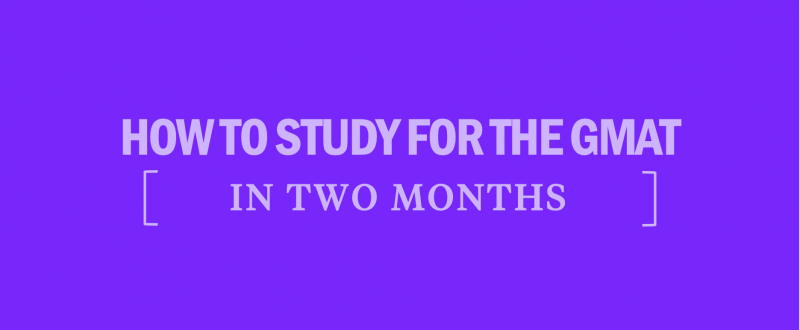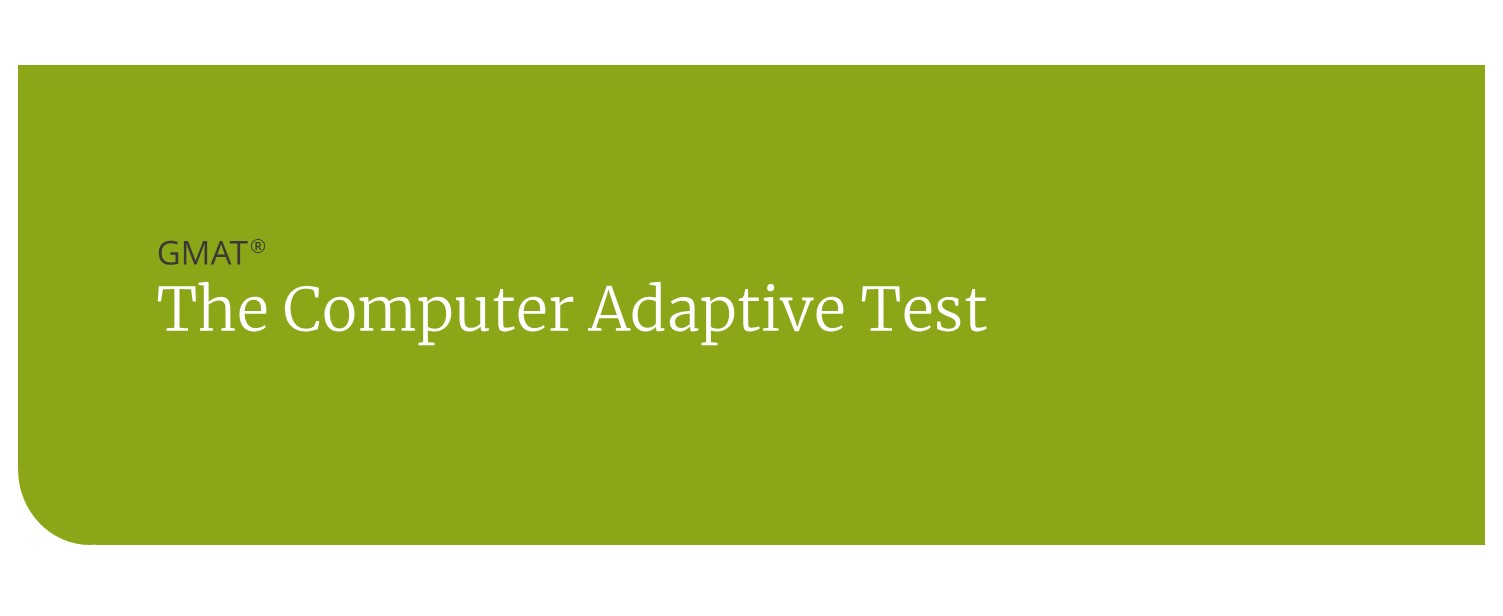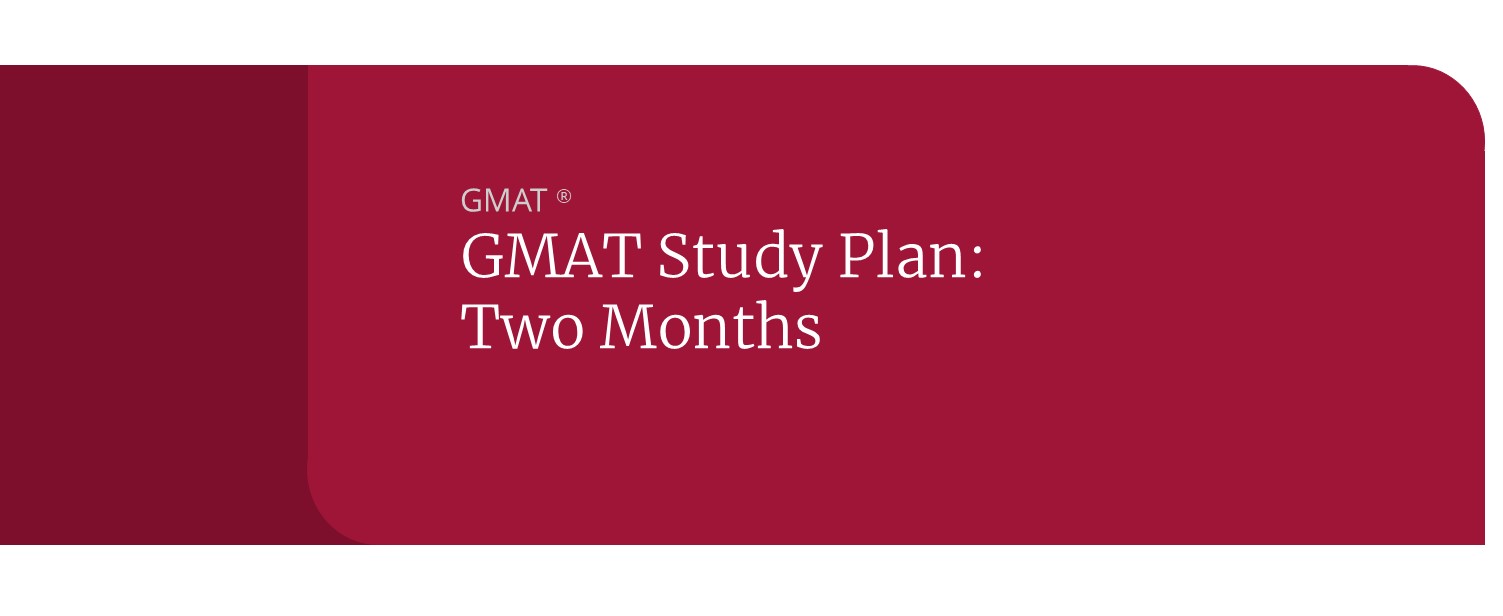GMAT Sentence Correction: Nouns
In every Sentence Correction question there will be at least one noun. You have been learning the basics of grammar and nouns since elementary school, but it never hurts to review. Let’s look at several different types of nouns you will encounter on the GMAT and how to correctly answer Sentence Correction questions when those nouns appear.
Count and Non-Count Nouns
Count nouns and non-count nouns (sometimes called “mass nouns”) are well-named: the former are countable entities, the latter are not. While you can count any number of individual coins in your possession, you cannot have any real number of cashes; similarly, you can go to the store to buy three shirts, or you can go to purchase clothing. These nouns make an occasional appearance on the GMAT in Sentence Correction; if correct usage were always obvious, it wouldn’t be on the test!
The simplest test, of course, is whether the noun in question can be paired with a cardinal number like one or seven; we can say She asked for three forks, but not She asked for six silverware. You will have a number of count nouns, but an amount of non-count nouns. Many, many nouns can be used either way; we can say The house was made of bricks or The house was made of brick and be equally correct, depending on whether we want to emphasize brick in its meaning as a construction material or as an individual object.
Non-count nouns, then, can generally be reduced to insignificant amounts and retain their identity: blood, dirt, mercury, air, meat; in some cases (like gold) we could subdivide quantities of the noun all the way down to the molecular level, while in others (like sand) we can’t go that far, but the individual parts are still really small. Non-native English-speakers beware: different languages may have different points — different “sizes” — at which a noun ceases being individual (boy, apple) and becomes a substance (water, corn). To complicate things further, there are a few non-count nouns that represent things that are not so uniform when divided (such as luggage, laundry, equipment, underwear), but the simple test still works — they cannot be paired with a number like three.
Some nouns types commonly appear as either count or non-count, depending on the sense needed:
- Animals (I saw a chicken / I bought some chicken)
- Food/Drink (I’ll have another beer / She is drawn to the smell of beer)
- Abstract Events (I have three objections to your proposal / The marriage ceremony continued without any objection)
- Unusual/creative uses of count nouns (I slipped on the ice and got a face full of snowbank, where snowbank is normally a count noun)
Unfamiliar Words
Above all, use your common sense when faced with an unfamiliar word. The smaller the individual element is — the more you might think of it as a substance that could fill a container — the more likely it is to be a non-count noun. There may also be other cues in the sentence to give it away:
Even if you have no idea what snood is (it’s a hair-band or hairnet), the non-underlined portion of the sentence says a snood; this indicates that it’s a count noun (you wouldn’t own a silver), and thus requires a number, not an amount. The other error is one of verb tense. “She’d said” is a contraction of the past perfect “she had said”, which would only make sense if the main verb were also past tense . . . so the correct answer is E.
Collective Nouns
Collective nouns are those words that represent numbers of things with singular nouns; familiar examples include group, team, and jury. The relevance to your GMAT and general usage studies is in the form of the verb: should verbs with collective nouns as their subjects be singular or plural in number? Consider the following sentence:
Hopefully you were drawn to either A or E, and where you learned English may have a significant impact on which one sounded more correct to you. American English usage treats collective nouns as singular nearly all the time, where British English does just the reverse, though both uses are grammatically correct and acceptable in both American and British English. There is an element of context either way; there are some times when you really want to emphasize the individual elements of a group (The faculty are delighted with the students in their classes) or the unified whole (The team has advanced to the finals for the first time since 1949).
For GMAT purposes, treat collective nouns as singular unless you have other cues in the sentence (like their in the faculty sentence above) that indicate a plural; the GMAT adheres more closely to American usage and spelling. In your own writing, the most important rule is consistency!



